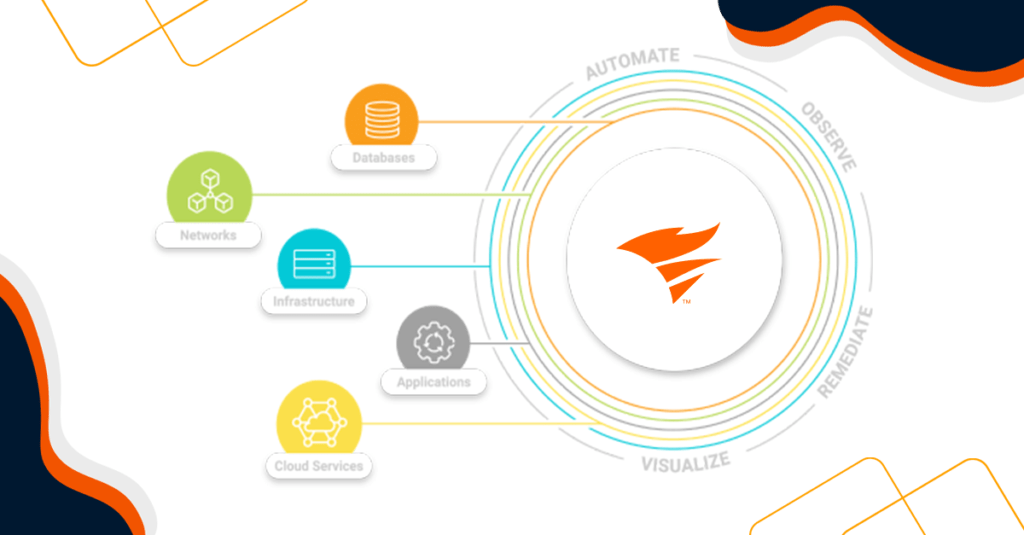
How Does Your Hybrid Cloud Infrastructure Benefit Your Business?
Many companies have their own in-house data centers. Organizations can continue to retain critical legacy systems for missions with performance demands that the cloud cannot meet.
The hybrid cloud model offers a cost-effective approach while still enjoying scalability and flexibility. Understanding the cost savings and benefits of a hybrid cloud model will also help you understand which workloads belong in your data center and which can you keep in the cloud.
What Exactly Is a Hybrid Cloud?
The term “hybrid cloud” has several different definitions, but it is often the term given to the combined use of on-premises and cloud resources. In practice, the hybrid cloud is set up with a dedicated private network connection between your data center and public cloud providers.
Pros and Cons of Cloud Services
The public cloud service provides cloud services such as automated orchestration and load balancers for your infrastructure, making it easy to set up and run workloads on demand.
Especially to gain experience with new applications and new services like Kubernetes, the cloud gives you a good start with lower entry costs for some systems.
However, while cloud services are very cost-effective, especially at the lower end of the resource utilization spectrum, they can be much more expensive than hosting on-premises infrastructure at higher performance levels.
When working with our customers, one of the most common performance issues we see in public cloud builds is increased storage latency, while it is expected to provide higher performance than on-premises storage arrays. In cloud infrastructure, most storage products such as VM storage or object-based storage are connected to the network, which often results in higher latency. Although architects can make optimizations to improve performance, these often result in higher costs.
Common Uses of Hybrid Cloud
Some organizations may choose to keep their internal resources under their own management; for example, using VMware to host virtual machines. In recent years, public cloud providers such as AWS Outposts and Azure Stack have created on-premises versions of their cloud infrastructures to allow customers to maintain the flexibility and orchestration of the public cloud while protecting their own computing resources. Additionally, organizations can run most of their resources in their own data centers or private clouds and use public cloud resources only for “burst” situations when more computing resources are needed during busy business cycles. A good example of this practice is a retailer that needs additional web servers during the holiday season. Another example would be a firm that uses the public cloud for disaster recovery or uses cloud storage for archive backups.
The Importance of Hybrid Cloud Security
It’s also important to understand cloud security to ensure you’re protecting your IT infrastructure. While data security is always the top concern, adding a cloud platform to the mix increases your surface area for attack and the number of potential endpoints. There are several ways to protect against these security issues. A dedicated network connection is a good start. However, security testing and tools may be required to guard against misconfigurations, such as leaving public access to cloud storage containing sensitive data. In particular, automation and orchestration, along with DevOps workflows, can also help minimize the human error factor in deploying cloud resources and supporting your hybrid cloud strategy.
Hybrid Cloud Benefits
Hybrid cloud solutions can enable customers to leverage cloud resources and orchestration, even for applications running in an on-premises datacenter.
Another major advantage is that your costs can be more predictable because you are not entirely at the mercy of your cloud provider’s pricing.
As for the limitations of hybrid cloud deployment, one of the biggest problems is that cloud deployment is completely complex. The complexity often starts with networking, which requires interaction with both your cloud provider and a telecommunications vendor providing the line. Making sure your staff is well-trained on your cloud provider and cloud resources is another challenge for hybrid cloud computing. Recruiting trained, qualified engineers is the biggest reason so many consultants hesitate to recommend hybrid and multicloud deployments; It’s hard to find expert engineers in a single cloud, let alone two or three.
Hybrid Cloud Approach — Path to Digital Transformation
There can be several challenges in monitoring your private cloud, hybrid cloud, or even on-premises workloads. While the cloud does offer some native monitoring solutions, it is not designed to meet the needs of a modern hybrid cloud environment, which generally encompasses networks, regions, and complex software stacks. SolarWinds Hybrid Cloud Observability is designed to monitor all your environments for deeper, centralized visibility into environments with real-time dashboards and machine learning insights for smarter troubleshooting. SolarWinds Hybrid Cloud Observability also provides the freedom to deploy to private cloud, public cloud and even multicloud.
Share this blog post on social media!
Contact us to get detailed information about SolarWinds Products!


